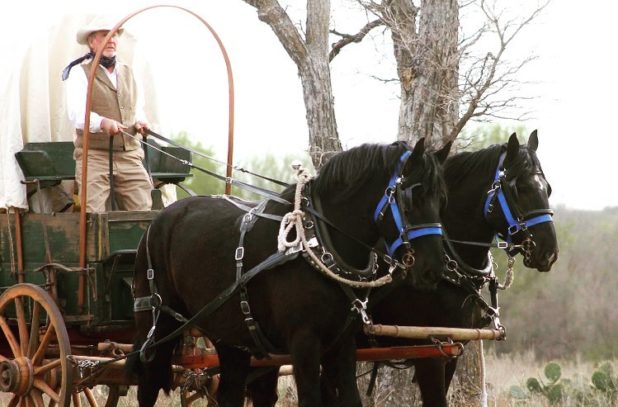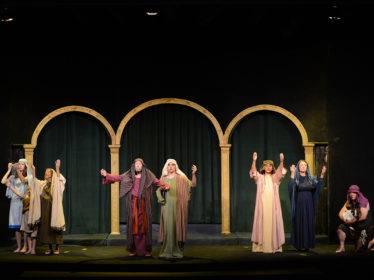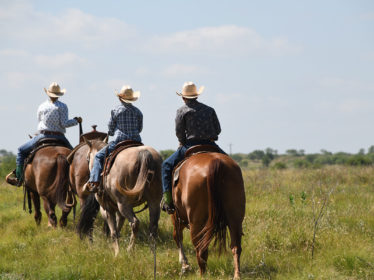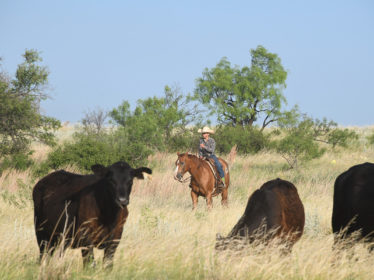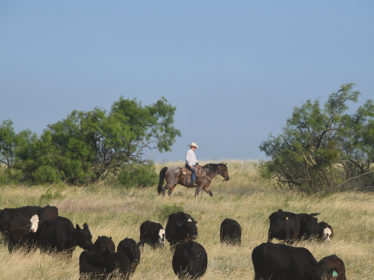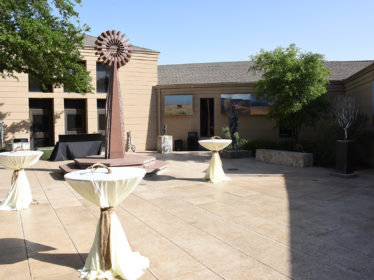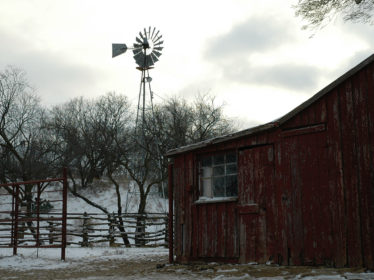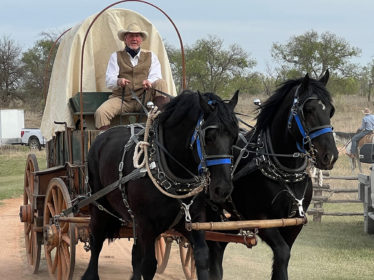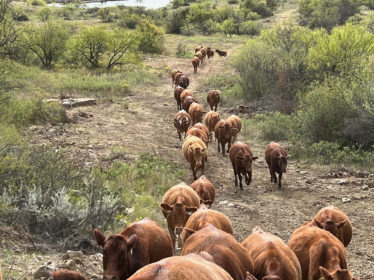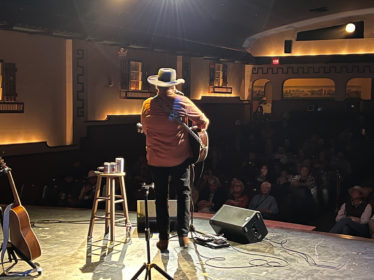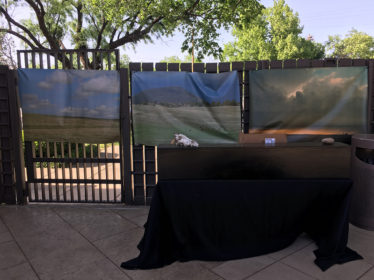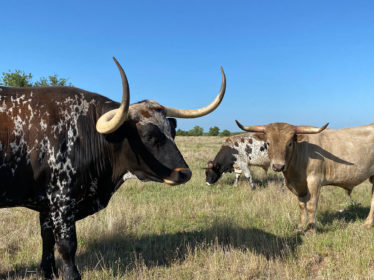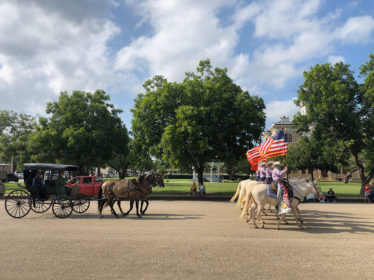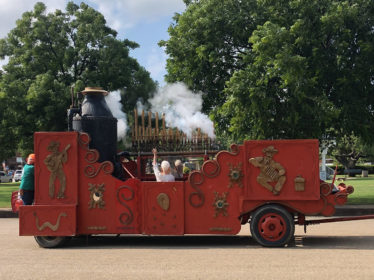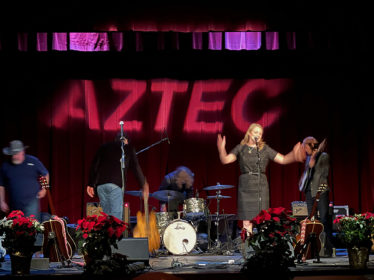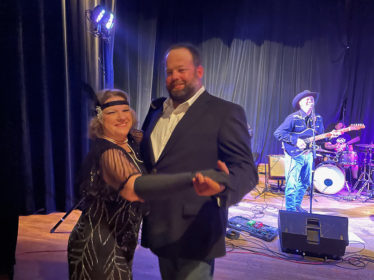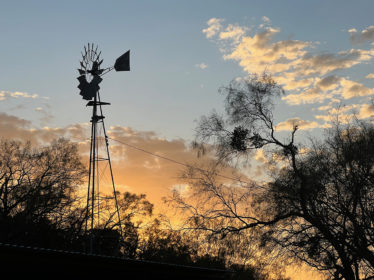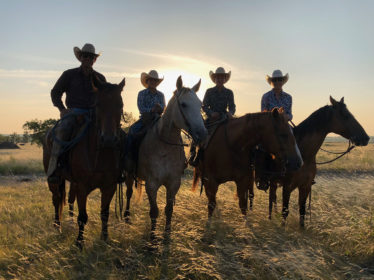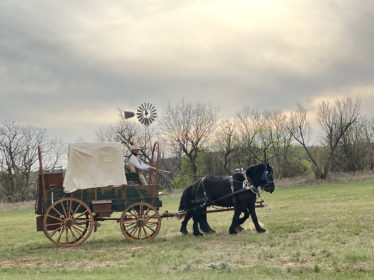THE TOWN
Albany is a small and safe suburban-rural community with great schools. Known as the “Home of the Hereford,” Albany features several historic and cultural landmarks that tell the story of its history. It’s also home to the recently renovated Webb Memorial Park and City Pool, Albany Golf Course, historic Old Jail Art Center, Aztec Theater, and Fort Griffin State Park.
A spirited town full of recreational opportunities, good hunting, and Texas history, Albany is a tight-knit community that takes you back to the Old West with long-standing traditions. It invites residents and visitors to dive deep into its culture and history and discover all it is today through exciting historic landmarks, local events, and community attractions.


